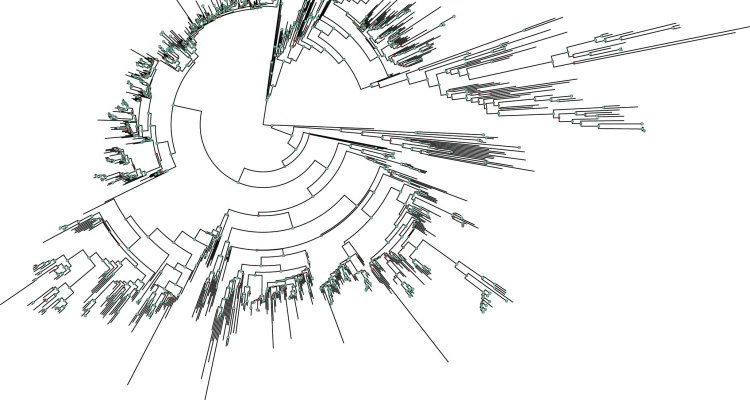
Project
Origin and molecular reconstruction of the auxin response system
Hormone signalling allows organisms to regulate their physiology. Each hormone triggers multiple and complex, context-dependent responses that evolved from simpler pathways. Our aim is to understand how a key plant hormone (i.e. auxins) became such an important regulator of multiple processes throughout plant life cycle. For this we focus on the functional relevancy of auxins and some of their signalling pathway components in streptophytan alga using different approaches ranging from biochemistry to molecular biology or comparative genomics.
Background
Plants constantly monitor their surroundings to adapt their physiology and developmental programs to the environment. Multiple mechanisms have emerged during evolution to fine-tune the adaptation of endogenous programs to environmental conditions. One such mechanism involves hormones, endogenous chemical signals that regulate plant physiology during plant life cycle. In plants, auxins are key hormones that regulate almost every aspect of plant biology.
The three-component auxin signalling system is an excellent model of a simple pathway that generates complex responses in plants. It consists of three elements: a receptor, a transcriptional correpressor, and a transcription factor. The TIR1/AFBs receptors are F-box proteins able to bind auxin. Upon binding to the hormone, the receptor interacts with the Aux/IAA correpressors, sending them to degradation. In the absence of auxin, the Aux/IAA proteins interact with the AUXIN RESPONSE FACTORs (ARFs), transcription factors that directly regulate auxin-dependent transcriptional responses, and inhibit their function. Thus, auxin binding to the receptor alleviates the inhibition that Aux/IAA impose on ARFs. These elements exist in multiple isoforms in angiosperms, suggesting a combinatorial mechanism to generate different responses.
The nuclear auxin signalling pathway (a.k.a. as auxin response system) has been shown to be fully functional in land plants, including M. polymorpha. However, the closest algal relatives to land plants (i.e.: Charophytes or streptophytan algae) lack critical features for auxin regulation in their auxin signalling component homologs, but contain ARF proteins closely related to land plant ARFs (i.e.: “proto-ARF”). ARFs fall into three different but phylogenetically related classes. A, B and C, with A and B classes playing direct but opposite roles in auxin response. A-class ARFs act as transcriptional activators, while B- are considered repressors. Previous analyses suggest that A/B-class and C-class ARFs diverged before ARS established, since Charophytes contain representative proto-ARFs belonging to these classes. Proto-ARF DNA-binding seems to be similar to land plant ARFs, supporting their role as transcription factors. Proto-Aux/IAA also exist in this algae, but have not been studied. These proteins lack the motifs for auxin signal transduction, coinciding with the fact that the TIR1/AFBs receptors can only be unambiguously found in land plants, but they might also function partially as modulators of proto-ARF activity. Ancestral proto-ARFs were possibly co-opted to the auxin response system after a land plant ancestor acquired the necessary changes in Aux/IAA and TIR1/AFBs to perceive auxins and regulate proto-ARF. The aim of this project is to unravel the changes that could have led to the emergence of an entirely new response pathway during evolution, in order to understand how complexity in the responses could be attained by de novo assemblage of a hormone signalling pathway.